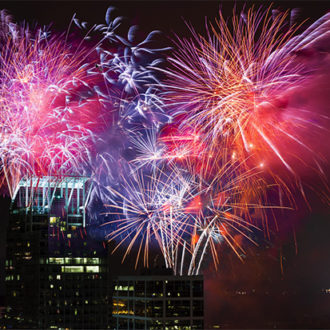Will High Resolution Video Ever Replace Still Photography?

In case you haven’t noticed, we exist in a world of technological development that’s increasing at exponential rates. Even though prototype digital cameras existed back in the 1970’s, they weren’t a common consumer product until the late 90’s.
Since then, imaging technology has reached levels nearly beyond belief. Some cell phone cameras boast resolutions, which at one time, only existed in sci-fi books. We’ve seen more than just increases in resolution; we’ve enjoyed faster and more accurate autofocus, increased light sensitivity, decreased aliasing and noise, and more accurate color rendering.
At the same time, as video cameras shifted to digital capture, they too have seen advancements in tandem with still cameras. After standard definition (720 pixels wide), we were mesmerized by high definition (HD-1,080 pixels wide) and now our minds are blown by 4K-(aka ultra high definition [UHD] 4,000 pixels wide).
In the still camera realm, megapixel counts have been steadily increasing and it’s turned into a war waged mostly by the two biggies – Canon and Nikon. Nikon replaced the lauded 12-megapixel D700 with the steroidal 36-megapixel D810 (about double the resolution of 4K) and Canon recently leap-frogged them with the 5DSR which flaunts over 50-megapixels. What does it all mean? Let’s have a look at the crossroads of still photography and videography.
For video, the most common frame rates are 24 and 30 frames per second (fps). If you want swanky-looking slow motion, those frame rates jump up to 60 or even 120fps.
For comparison, the aforementioned Nikon can shoot at a maximum of 6fps and the Canon can churn out 5fps. While both are capable of shooting HD video, neither produces 4K.
However, the micro four-thirds Panasonic GH4 (no self-respecting article about 4K video fails to mention this camera) is able to do this with a much smaller sensor and, as such, is immensely popular with videographers on the move.
With video resolutions climbing higher and higher, previously unattainable possibilities have emerged. Each one of those 24 HD frames shot per second is about two megapixels while a 4K frame is almost nine megapixels. That means, in theory, you can snatch a screenshot from these videos which is definitely of respectable resolution. Also, many cameras allow you to output RAW uncompressed video meaning you have a wide latitude of control in post-processing.
In turn, does that mean we can just record a video and pluck out the desired frame instead of standing there with our faces stuck to a viewfinder? Not exactly. There are several factors that limit the practicality of this approach.
One is shutter speed. As a rule of thumb, video is shot at a shutter speed with the denominator double that of the fps. For example, at 30fps you would be using a shutter speed of 1/60th of a second. If you are versed in the basics of photography then you know it is very easy to get unsharp/blurred results shooting hand-held at this shutter speed – and that is exactly what happens to the individual frames in the video. This is done on purpose because a bit of blur makes for a smoother looking video.
Sure, you might get a sharp image in there somewhere but really you need to shoot with stills in mind with the settings to match (high shutter speed).
Another serious hurdle is storage. A RAW image shot with a Nikon D810 is almost 75 megabytes. At 24 or 30fps, a video would take up quite a bit of space. Storage is continually getting more compact and cheaper however, so this may one day be less of an issue.
There is something to say about using purpose-built equipment. Just as shooting video with a DSLR is cumbersome and unnatural, so too is shooting stills with a video camera. The location of buttons and controls, the weight distribution and balance, and other ergonomic designs just aren’t as useful.
The concept of shooting video with the intent of using still frames does at first seem very appealing. That decisive moment Cartier-Bresson waxed on about? It would easily be captured and one would just need to pluck it out. As technology progresses, super high resolution capture means you could just point a wide angle lens in the general direction and crop it later.
You can see how this idea can slip from a simple technological problem, which will certainly be surmountable soon, to a philosophical one. This goes far beyond the most recent dilemma of giving up the romance of film and darkrooms for digital, and gets to the heart of what photography means to you.
Are you ready to push record instead of a shutter button? Are you prepared to sift through hundreds, perhaps thousands, of frames in search of the decisive moment? Is the challenge of seizing that one special moment in time one you are willing to forego for convenience and a guarantee?
So the real question is: when, not if, it becomes a practical approach to shoot video instead of “traditional” still images, will you take the plunge?
Photo by Grant Friedman. Used with permission.

